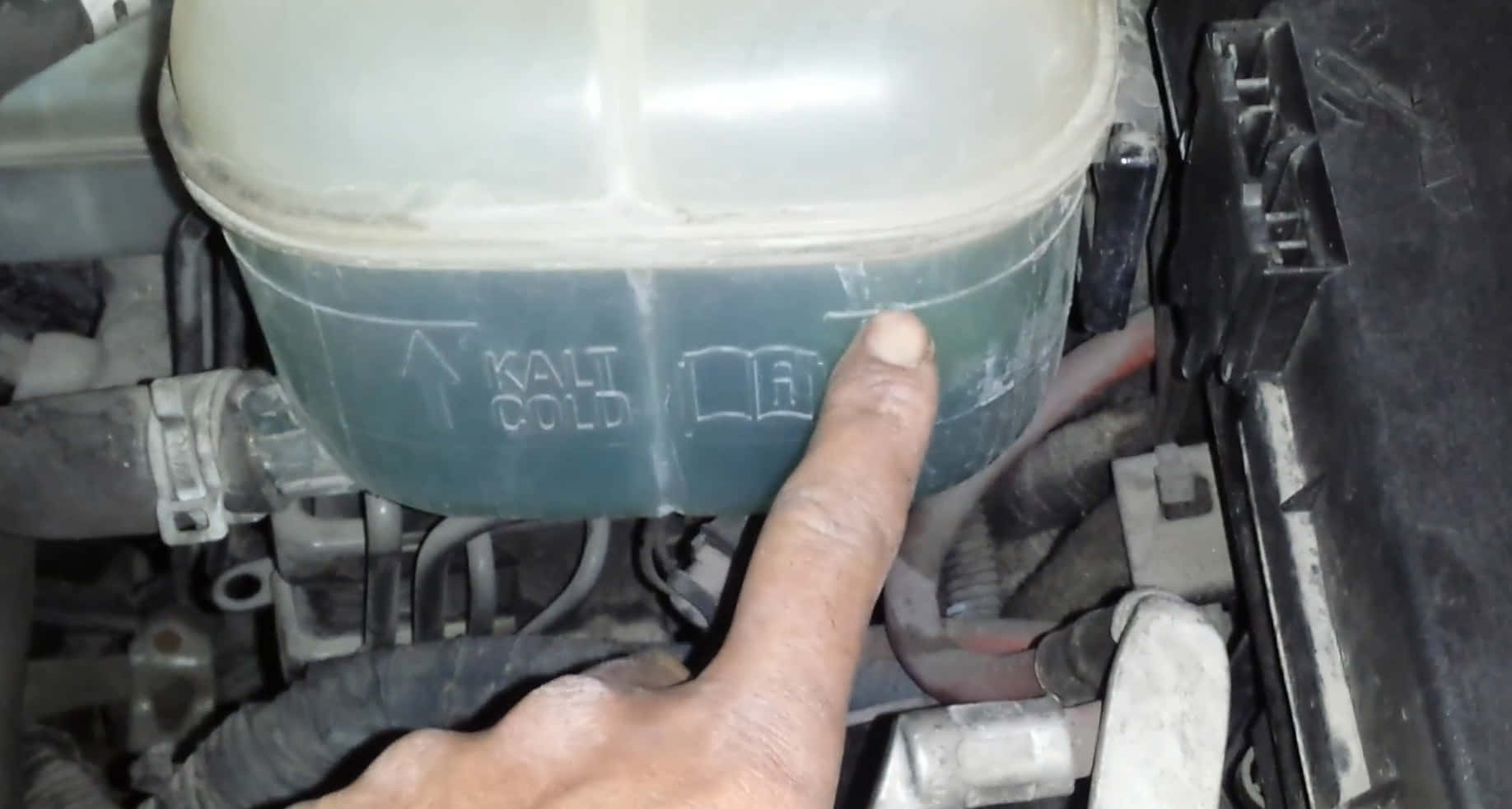If you have accidentally overfilled the cooling system of your car, then it helps to know how to remove excess coolant from reservoir. After all, it is not a good idea to overfill it since the excess coolant can overflow into your engine compartment.
In this case, you need to safely and properly remove the excess amount to prevent problems.
How do we do this?
Here are some tips on how you can remove excess coolant safely from your reservoir and additional information you should know.

Contents
How To Remove Excess Coolant From Reservoir
Let’s talk about your coolant tank first.
When you start your vehicle, the engine heats up gradually. As it heats up, the volume of antifreeze expands. There are different types of tank size, and regardless of the size, it provides enough space for your expanding coolant to stay in the reservoir instead of overflowing as your engine runs.
Once you shut the engine off, the coolant contracts and goes back into your vehicle’s radiator
Older vehicles, however, do not have extra storage for the cooling system. Thus, expanded coolant overflows from the reservoir and onto the road. This is why with the environmental concerns involved with this issue, many automobile manufacturers have designed a closed system expansion for coolants.
But in the case of cars without a long drain hose, excess coolant simply flows into the engine section. Yet, there is usually a maximum level for the hot and cold coolant.
When your engine is cold, it is recommended that you top up your cooling system and fill the reservoir without going over the maximum line. The most important thing is that you need to check if the coolant is indeed in the low or minimum level when your engine has cooled. Then, refill it.
Just make sure that you do not put more than you should. Otherwise, overflowing can be an issue. The overfilling problem needs to be addressed when you have allowed the engine to cool. This is why you need to remove some of the coolant from your tank.
In case you are not sure where you should add the coolant to the cooling system, you can simply check the manual that will point you in the right direction.
Excess Coolant From The Reservoir
As we have mentioned earlier, too much coolant in the tank is a problem. You only need to put the prescribed level and not more than that.
You should avoid filling over the “hot” line or marking when your engine is cold. As soon as you run your engine, and it heats up, an overfilled coolant tank will cause the fluid to overflow.
Here are some of the issues that may arise:
1. Messy Engine Compartment
For cars that lack any drain hose to put excess fluid down below their engine, the coolant tends to spray out or dribble into the engine section. As you drive, the airflow right underneath the hood distributes this sticky coolant all over the interior part of the engine. Hence, you will have to deal with the mess later on.
Additionally, you can smell a burning coolant odor as the fluid comes into contact with hot metal parts under your hood. This smell can be detected both outside and inside your vehicle.
2. Damage To Electronic Components
Another thing that may arise when you have excess coolant is the potential damage to electronic components. As the coolant blows around in the engine, electronics in this area can easily get damaged.
Among the components that are at risk of damage because of excess coolant are the engine sensors, controllers, and alternator, to name a few. These parts can have some coolant sprayed on them, which can even cause the engine to malfunction. To make things worse, correcting this damage due to moisture to your electronic components is a pricey ordeal.
3. Health Risks To Animals
Coolants come in different types, yet one thing is for certain – most of them are toxic to humans and animals. So, if you leave coolant puddles on your driveway, this can cause serious health problems to your pets.
Domestic and wild animals that accidentally ingest this fluid can cause serious illness and even death. So, for their sake, avoid overfilling the cooling system.
Removing Excess Coolant
Now that we know the dangers that excess coolant causes, let’s work on removing it.
For this task, it can be a tricky thing to do since you need some tools to get the job done.
You can simply head over to the nearby hardware store or auto parts shop and buy a portable hand-powered suction pump that comes with different plastic tubing lengths. You can use this to suck the extra fluid.
Another option is a turkey baster made of plastic, which you should easily find at a discount store or grocery store. Just be sure never to reuse this baster in your kitchen!
Once you have removed the excess coolant, be sure to save it in a sturdy and secure plastic container. Then, seal it properly with a lead and use it for future needs.
If you prefer to discard it, make sure you comply with your state’s local environmental laws.
Read More: Flywheel Resurfacing Cost You Need To Know
Bottom Line
Too much coolant has numerous issues involved, which is why it is best to keep it at a recommended level. You should also avoid driving your vehicle if you have excess coolant. It is best to remove the extra – which we have explained above how to get it done – then you can proceed to driving your car.
By doing so, you can avoid any health risks and environmental issues, as well as potential damages to your engine and compartments. Always remember that the cost of fixing issues caused by overflowing coolant is more expensive and time-consuming than making sure that you only use the right amount of coolant for your vehicle.